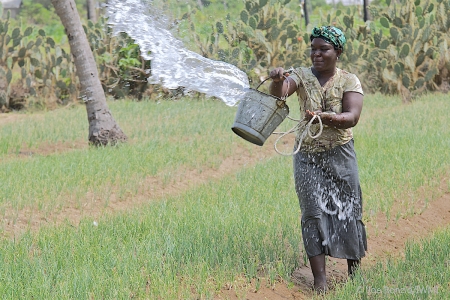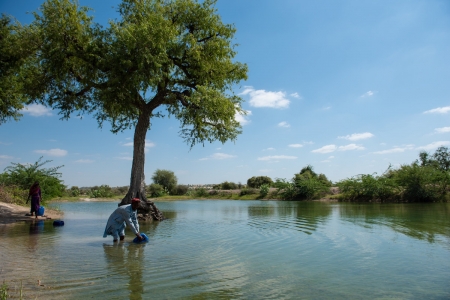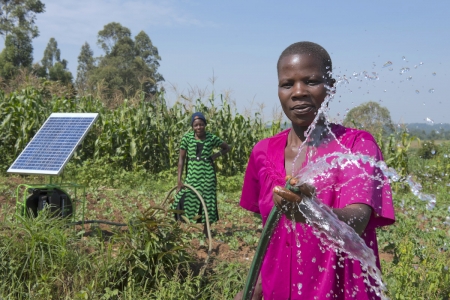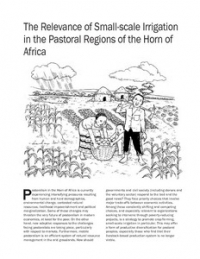Agriculture, both crop and livestock production systems, is the largest user of land and water resources and provides employment for over 60% of the work force in Afghanistan. As per ILO 2011, globally agriculture provided employment to 40% work force, and it includes highest proportion of female and child labor in developing economies. Food scarcity and large yield gaps (40-60% in Afghanistan for field crops and vegetables) persist at farmers’ field level are major worries in agriculture in the country and South Asian region. This required sustainable production intensification at farmer landscape level to save large spending by country for food import. These challenges require a paradigm shift in how to transform agricultural landscapes. This will include evidence-based investments to improve productivity by restoring degraded agro-ecosystems, increased water harvest and availability for agriculture, and alongside reduction of gender barriers to ensure profitability for men and women farmers. Underpinning this is the need to develop and apply agricultural land and water management (ALWM) solutions by smallholder farmers at landscape scale.
Global analyses indicate that small increases in water productivity could meet the food needs of more than 100 million people (Brauman et al. 2013; Jägermeyr et al. 2016). In context of Afghanistan (South Asia), the management of rainfed systems must be transformed to ensure productive dry land farming using agricultural landscapes more efficiently and equitably, and meet rising food requirements.
menu












